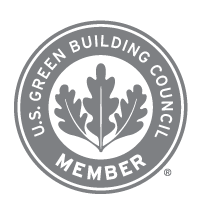Pavement Asset Management: How Asphalt Rejuvenators Fight the Effects of Inflation
Category: Blog Articles By: David Helm
We are all experiencing the effects of inflation on construction costs. It seems as soon as we start to make headway on road pavement deterioration, the costs go up.
The best way to blunt the effect of escalating construction costs is to protect what we have pavement asset management process. It’s a programmatic approach that blends a variety of pavement maintenance methods to arrest deterioration.
The reality is there is never enough budget to repave or rehab every road that could use it. By integrating a strategy of preservation into your pavement asset management program you will accomplish more with fewer dollars than you will by focusing only on repaving or repairing your worst roads.
Preservation will enable you to treat more pavements without exceeding your budget, while making headway on improving your wider road network.
How to Implement a Pavement Preservation Program
Step 1 – Evaluating Pavement Conditions
To get an accurate idea of what funding is needed we need to know our pavement conditions. This can be accomplished by in-house folks or by hiring an outside company to rate your roads and report on their conditions. Taking the time to properly evaluate the condition of all your roads gives managers more leverage, validating specific pavement needs.
Summarize condition reports into a simple presentation that will be easily understood by elected officials and the public. Remember: asphalt road maintenance is very visible and immediately beneficial to all users. This fact can be a major advantage when soliciting proper funding.
Step 2 – Prioritizing Treatments and Repairs
How to select what roads get what treatments can appear overwhelming. A proper methodology will allow you to make the most headway with an asphalt road maintenance program that addresses all the different priorities.
It may seem like the most logical approach is to use the road ratings to identify your worst roads, and then to tackle them first. The truth is that your worst roads may be so bad that nothing short of major rehab or reconstruction will fix them. If you take this approach, a few roads can literally eat up all your funding, and you will barely make a dent in the overall condition of your roadway network.
Step 3 –The Right Treatment at the Right Time
A better approach would be to routinely assign a percentage of your investment to preservation. Use your pavement condition assessment report to assign repair, resurfacing or preservation to your bad, fair, and good roads respectively. As illustrated in the example below investment in preservation as a percentage of your asphalt road maintenance funding will cover lots more pavement. The same money goes further, yielding better conditions overtime. It’s like investing in a portfolio so all the assets aren’t just in a single category.
SAMPLE ROAD CONDITION REPORT
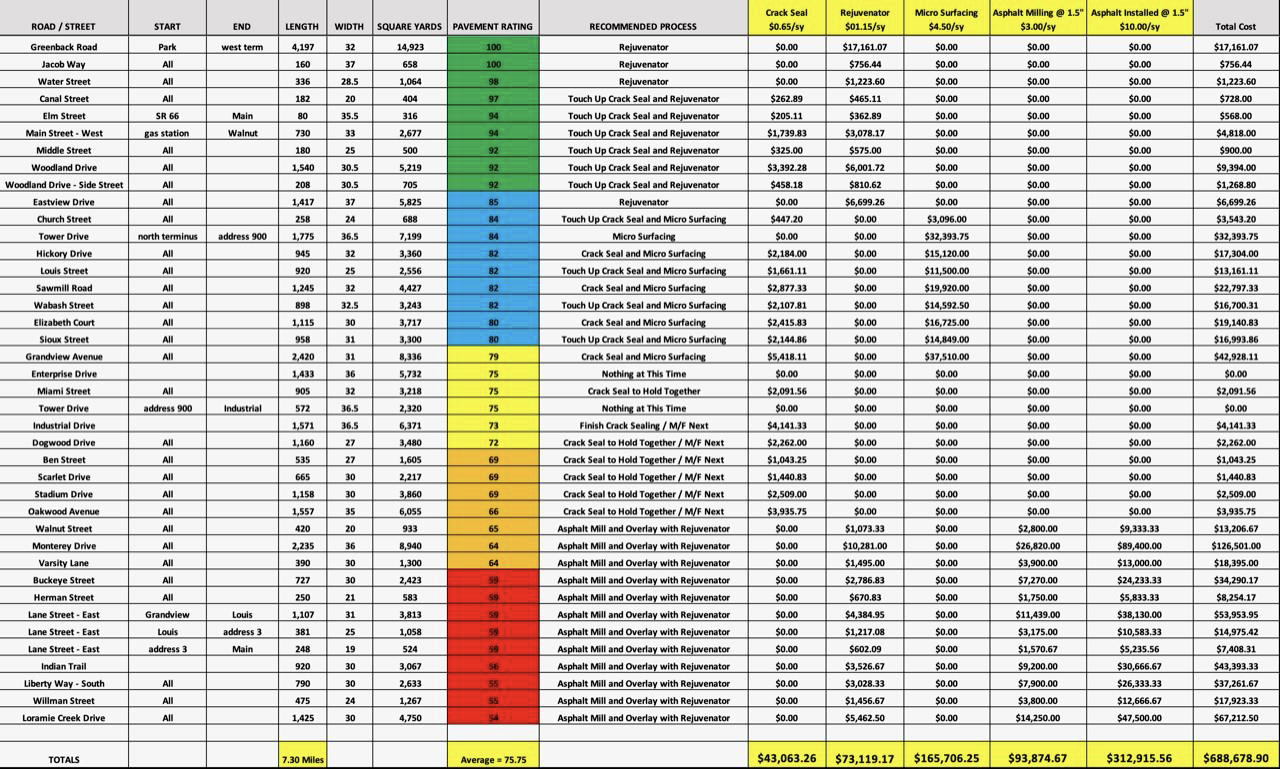
Why Preservation?
It may seem counterintuitive to prioritize your better roads for preservation, but once you understand how oxidation affects your asphalt, it makes good sense. New asphalt roads begin to deteriorate the day they are laid; slowly at first, and then rapidly, as the asphalt becomes brittle. The result is raveling, cracking, and a rough driving surface.
The root cause is the gradual depletion of the maltene components of asphalt, which glue asphalt together. Even before the asphalt has arrived for your paving project, oxidation has begun due to the high-temperature manufacturing process; once the pavement has been laid, deterioration is accelerated by continuous exposure to weather.
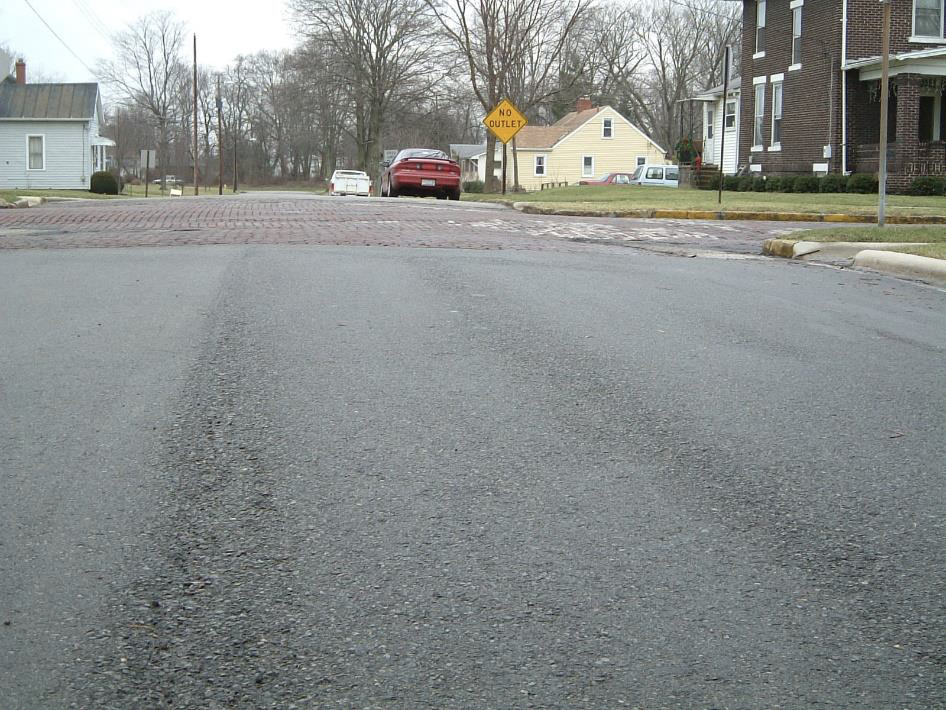
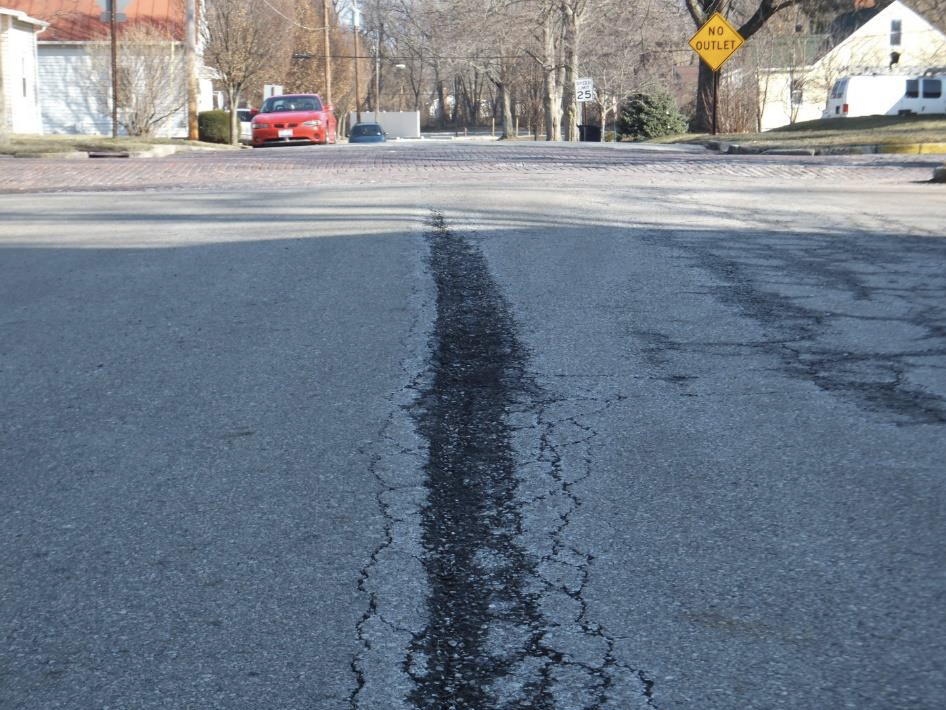
The solution is right time treatments. Preserving your roads, while they are in very good condition, with a maltene-based rejuvenator replenishes the maltene fractions that keep asphalt resilient and seals the pavement surface from the intrusion of moisture.
By making road preservation a key component of your pavement asset management program, you will protect a lot of road for the dollars spent, which will keep them in good condition longer. This treatment covers ten miles of pavement for less than the cost of paving a single mile.
By investing a small percentage of your asphalt road maintenance budget in preservation, you will typically get 30 percent more pavement life for 10 percent of the cost of repaving. Who wouldn’t want an investment like that?
The Proof is in the Performance
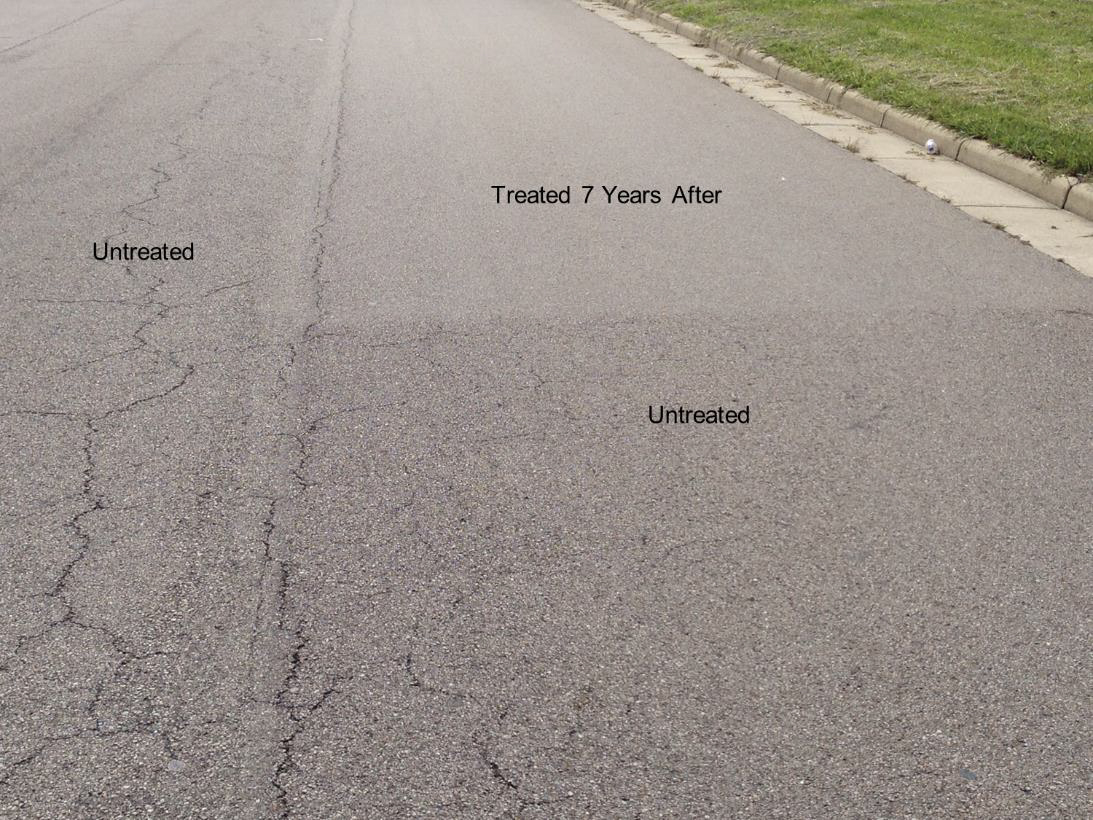
As evidenced in the photo above, asphalt roadways preserved using Maltene Replacement Technology (MRT) will:
- Maintain smooth driving surfaces
- Avoid costly end-of-life repairs
- Extend pavement life from four to five years
With this preservation process your roads will be reopened to traffic in minutes and no pavement markings will be obliterated. For seventy years, this affordable, effective, and economical approach has been used by public works agencies across the US and around the world. Making Maltene Replacement Technology an integral part of your pavement asset management program will improve the overall health of your road network.


